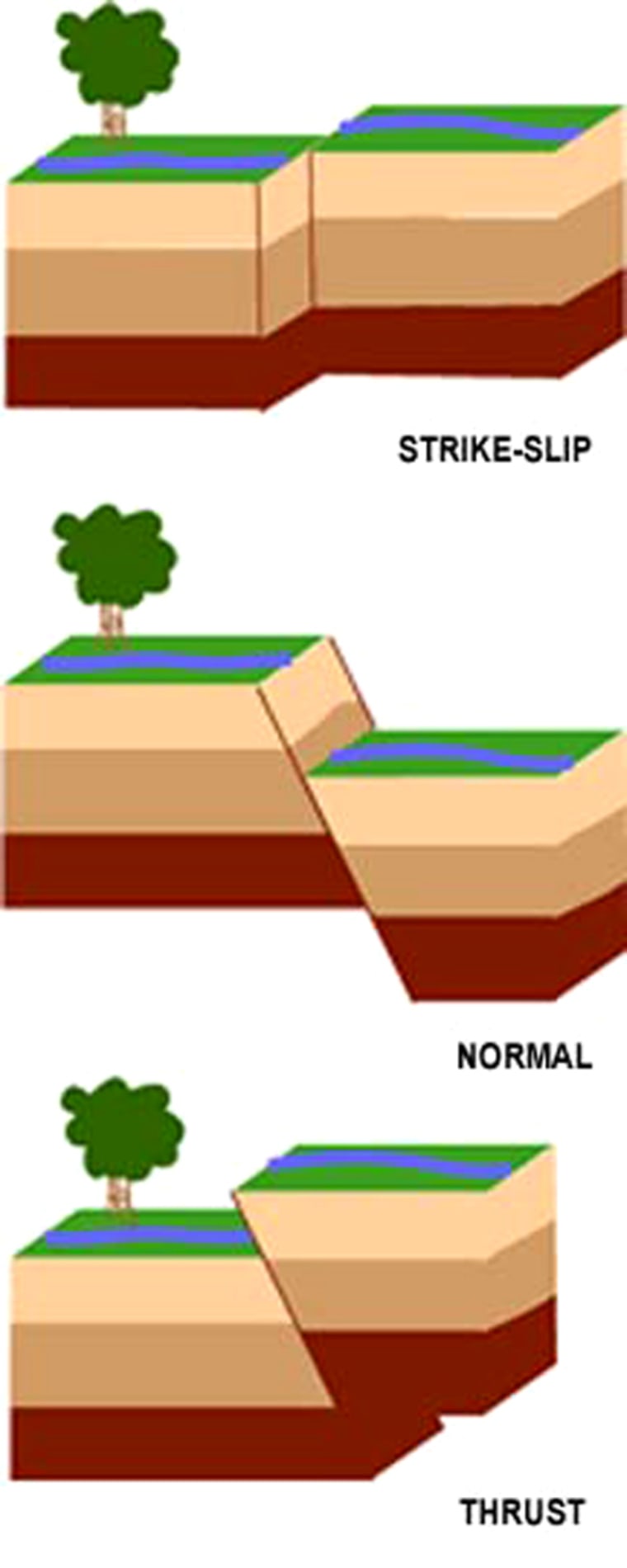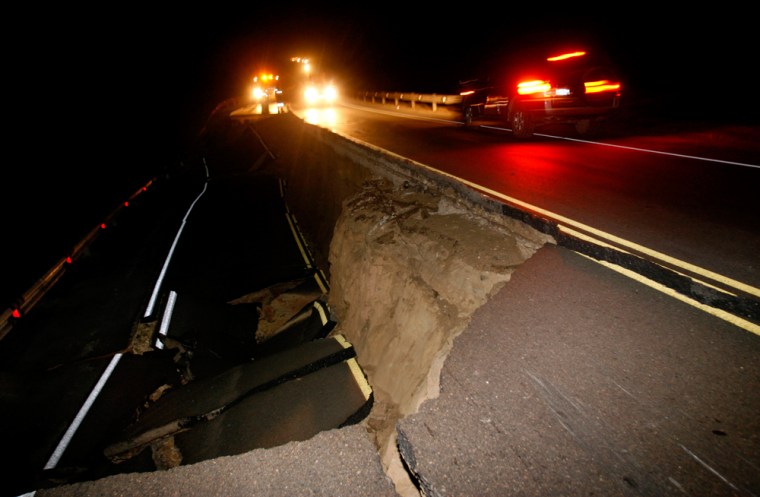The 8.0-magnitude earthquake that shook Peru's coast Wednesday night, killing hundreds of people, is expected to continue generating powerful aftershocks for weeks or even months, a U.S. Geological Survey geophysicist says.
On Thursday, officials upped the earthquake's magnitude from 7.9 to 8.0, a significant jump as the scale is logarithmic.
"We've had a number of aftershocks, some in the magnitude-6 range," said seismologist Harley Benz of the USGS National Earthquake Information Center in Colorado. "This is expected for these large earthquakes like this. We will likely be recording aftershocks from this event weeks and months from now."
Lasting about two minutes, the earthquake occurred Wednesday at about 6:40 p.m. local time (7:40 p.m. ET), near the coast of central Peru, 95 miles from Lima. The epicenter was located about 20 miles beneath Earth's surface, rupturing a fracture that extended 62 miles.
The quake occurred at the boundary between the Nazca and South America tectonic plates, which have been converging at a rate of three inches per year. As the two rocky plates collided and caused the temblor, the Nazca plate dove beneath the South American plate, a phenomenon called thrust-faulting.
California's San Andreas Fault zone is considered a strike-slip fault as rocky plates slide horizontally past each other.

And though the latest Peru temblor caused significant damage, the event doesn't strike scientists as unique. "This earthquake really wasn't that unusual for this part of South America, particularly the coast of Peru," Benz told LiveScience.
The quake that rocked Lima was deadlier than a 7.5-magnitude quake that struck just two years ago. The smaller scale of damage in that quake was likely due to the fact that its epicenter was in a more remote location.
The death rate for Wednesday night's quake would have been even greater if the epicenter had been closer to Peru's capital.
"In this case, based on the modeling we've done, Lima, the capital, experienced an intensity of around 6, so about 7 million people suffered from strong ground-shaking," Benz said. "Had this earthquake been closer to Lima than it was, we may have expected more damage."
An 7.9-magnitude quake struck Peru on May 31, 1970, killing 66,000 people.
In fact, a significant number of the world's earthquakes occur in these so-called subduction zones where one plate gets shoved beneath another, including the devastating Indian Ocean quake of 2004 that struck off the coast of Sumatra the day after Christmas. Together, with the massive tsunami waves it generated, the quake killed more than a quarter of a million people.
Wednesday night's 8.0-magnitude earthquake generated 33 times less ground-shaking energy than the 2004 Sumatran quake, measuring 9.0 in magnitude, Benz said. Plus, the ruptured Peruvian fault was on the order of 10 times smaller than the Sumatran fault zone, which extended about 500 miles (800 kilometers).
The deadliest earthquake of all time was an estimated 8.0-magnitude quake that struck Shansi, China in 1556 and killed an estimated 830,000 people.
